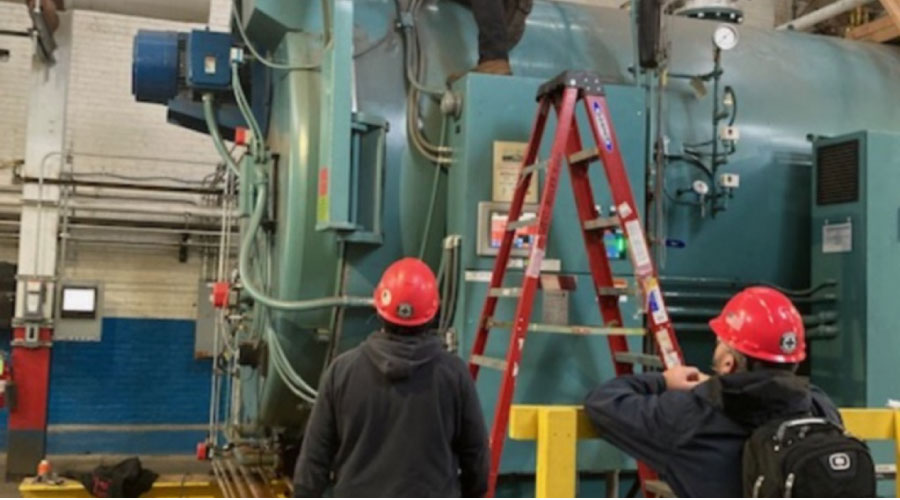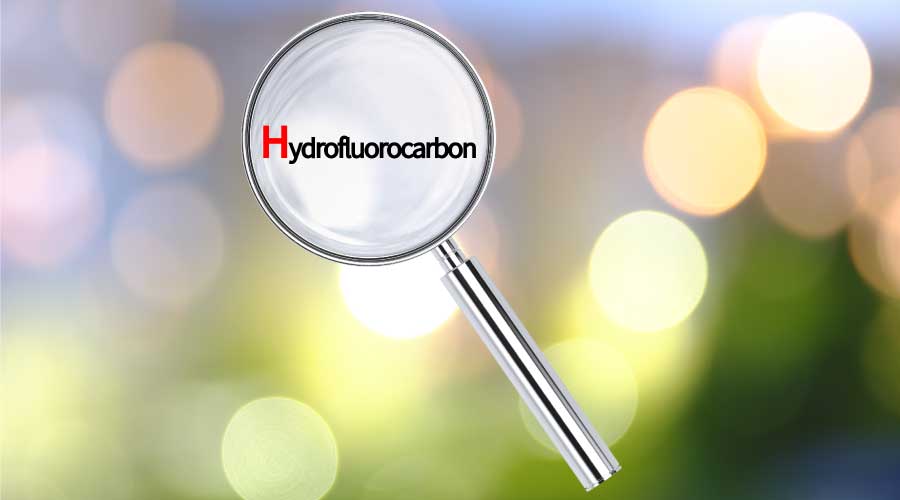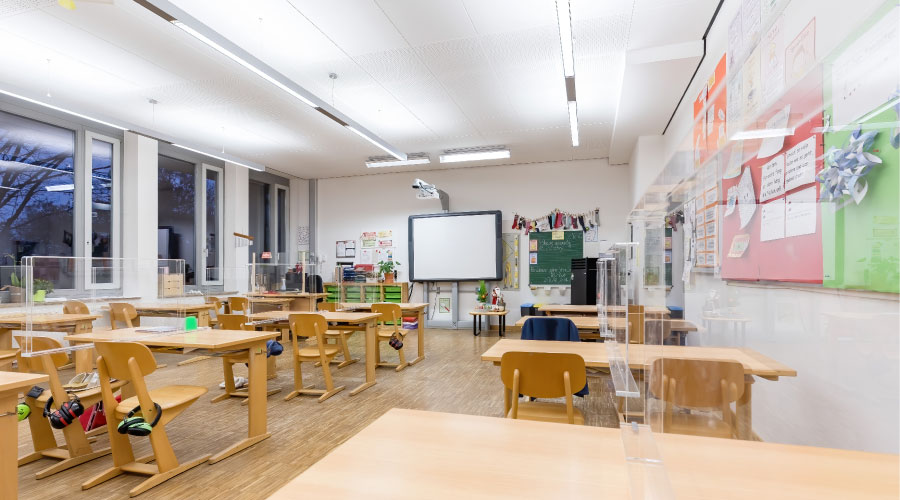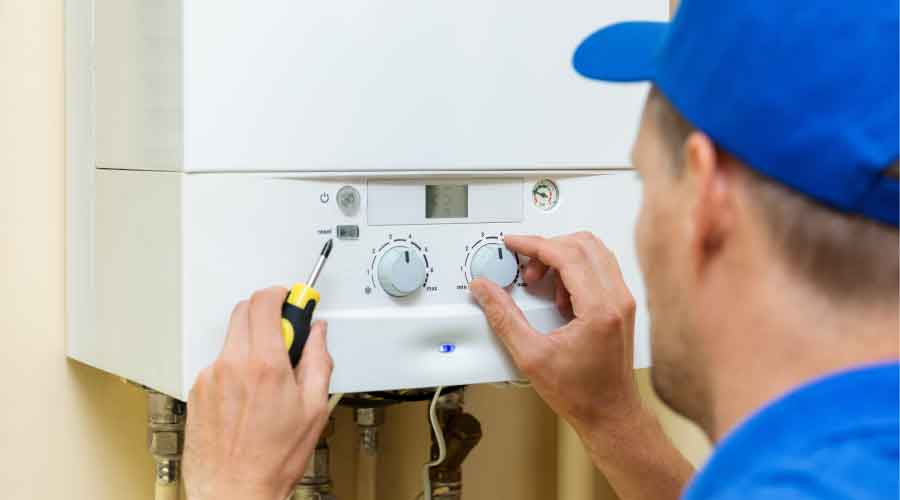Chiller Reliability: Averting Failure
Many issues arise after a chiller is well into its performance life. Simple safeties, switches, bearings and internal micro-devices can fail, causing the machine to simply turn off and go into alarm. Assuming the rest of the system has been engineered and commissioned correctly, technicians can solve most of these problems in the first year of operation.
But if a chiller has similar problems after years of service and after technicians supposedly have repaired these problems, the chiller will be branded as unreliable.
But a chiller becomes unreliable before it outright breaks beyond the point of cost-effective repair. Usually, repairs on older chillers result in relatively small costs that add up over time, and they do nothing to improve overall machine reliability.
Cost-conscious facility mangers often rotate an unreliable machine out of service, repair it and hope it runs when a more reliable machine requires service. This strategy can be a big mistake. Managers often find that backup chiller capacity is most needed during peak load. Mission-critical facilities should always have reliable, spare chiller capacity connected to the system and operationally rotated in the sequence.
Related Topics:














